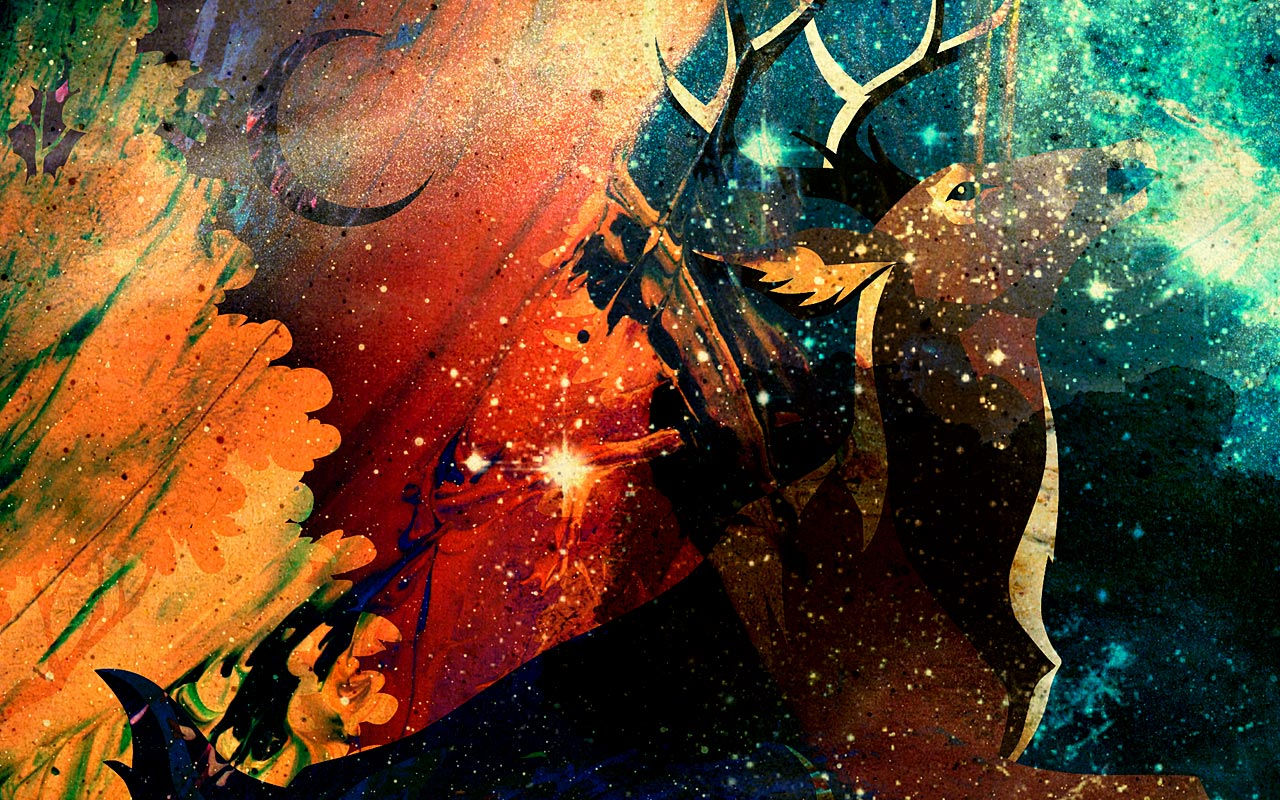Kitsune: The Mythical Japanese Fox Spirits and Their Role in Folklore and Culture
- torinaga11
- Feb 14
- 4 min read

The kitsune (狐), or Japanese fox spirit, is one of the most fascinating and enduring creatures in Japanese folklore. Often depicted as highly intelligent, shape-shifting beings, kitsune hold a significant place in Shinto beliefs, mythology, and popular culture. They are both revered as messengers of Inari, the Shinto god of rice and prosperity, and feared as tricksters capable of manipulating humans. This article explores the origins, characteristics, types, and cultural impact of kitsune in Japan, making it a must-read for those interested in Japanese mythology, folklore, and supernatural beings.
Origins of Kitsune in Japanese Folklore
The word "kitsune" translates to "fox" in Japanese, but its mythological roots trace back to ancient China and Korea. Japanese legends about kitsune date back over 1,000 years, influenced by Chinese huli jing (fox spirits) and Korean kumiho. These creatures were said to possess supernatural abilities, with stories evolving to make them both protectors and mischievous spirits in Japan.
The connection between foxes and the divine is deeply rooted in Shintoism, where kitsune serve as messengers of Inari Okami, the deity of fertility, rice, and prosperity. Fox statues are a common sight at Inari shrines, most notably at Fushimi Inari Taisha in Kyoto, symbolizing protection and wisdom.

Characteristics of Kitsune: Powers and Abilities
1. Shape-Shifting (Henge)
One of the defining traits of kitsune is their ability to transform into human form. They often take the shape of beautiful women, elderly men, or even specific individuals to interact with humans. Some legends claim that kitsune can only assume human form after reaching 100 years of age.
2. Foxfire (Kitsunebi)
Kitsune are believed to generate kitsunebi (foxfire)—a supernatural flame resembling ghostly blue or red lights. This ability is often used to mislead travelers or signify the presence of spirits.
3. Multiple Tails
The number of tails a kitsune possesses signifies its age, wisdom, and power. A kitsune may have up to nine tails, with the legendary Kyubi no Kitsune (Nine-Tailed Fox) being the most powerful. These foxes are said to live for over 1,000 years and gain god-like abilities.
4. Possession (Kitsune-Tsuki)
Kitsune are also known to possess humans, particularly young women. This condition, called kitsune-tsuki, was historically believed to cause erratic behavior and strange speech patterns. In feudal Japan, exorcisms were sometimes performed to drive out possessing spirits.

Types of Kitsune: Zenko vs. Yako
There are two main classifications of kitsune in Japanese folklore:
1. Zenko (善狐) – Benevolent Kitsune
Associated with Inari shrines and regarded as protectors of humans.
Often depicted as white foxes, symbolizing purity and good fortune.
Act as guardians and bring prosperity, wisdom, and blessings.
2. Yako (野狐) – Trickster or Malicious Kitsune
Also called Nogitsune, these foxes are mischievous and sometimes malevolent.
Known for playing pranks, deceiving humans, or even seeking revenge.
Can manipulate dreams, create illusions, or lead travelers astray.
Kitsune in Japanese Culture and Popular Media
Kitsune have long been a part of Japanese art, literature, and theater, but they continue to thrive in modern pop culture, influencing anime, manga, and video games.
1. Kitsune in Traditional Art and Noh Theater
Noh and Kabuki theater often feature kitsune characters, embodying trickery, romance, or revenge.
Ukiyo-e woodblock prints frequently depict kitsune in various forms, emphasizing their mystique.
2. Kitsune in Anime and Manga
Kitsune appear in numerous anime, manga, and video games, often as wise or mischievous characters. Some notable examples include:
Kurama (Naruto) – A powerful Nine-Tailed Fox Demon bonded to the protagonist.
Kyubi no Kitsune (Yu Yu Hakusho) – A legendary fox spirit in the demon world.
Senko-san (The Helpful Fox Senko-san) – A benevolent fox spirit serving as a guardian.
3. Kitsune in Video Games
Pokémon features several fox-like creatures, such as Ninetales, inspired by the Kyubi no Kitsune legend.
Okami incorporates Shinto mythology, with fox spirits playing a divine role.
Ghost of Tsushima features fox shrines, honoring kitsune in traditional settings.

Kitsune in Folklore: Famous Legends
Many Japanese legends center around kitsune, highlighting their duality as both protectors and tricksters.
1. The White Fox of Shinoda
One of Japan’s most famous kitsune legends tells the story of Tamamo-no-Mae, a beautiful woman who was actually a powerful Nine-Tailed Fox. She was revealed as a trickster and ultimately defeated, but her legend continues as one of Japan’s most feared yokai.
2. The Fox Wife Tales
Numerous folktales describe kitsune marrying human men, only to disappear when their true nature is discovered. These stories symbolize themes of love, illusion, and the supernatural.
Kitsune remain one of the most captivating and complex figures in Japanese mythology. Whether as sacred messengers of Inari, cunning tricksters, or beloved characters in modern media, their influence is undeniable. As Japan continues to honor its rich folklore traditions, the legend of the kitsune lives on, enchanting new generations with its mystique, power, and supernatural charm.
For those interested in Japanese mythology, yokai legends, and cultural traditions, kitsune offer a rich and fascinating subject that continues to inspire people around the world.
#Kitsune #JapaneseMythology #FoxSpirits #Shinto #Inari #Yokai #Folklore #ShapeShifting #Supernatural #JapaneseCulture #Zenko #Yako #Foxfire #TamamoNoMae #Ninetails #Anime #Manga #JapaneseLegends #GhostStories #MythicalCreatures #SpiritualBeings #TraditionalJapan #MysticalFox #FolkloreTales #MythologyLovers


コメント